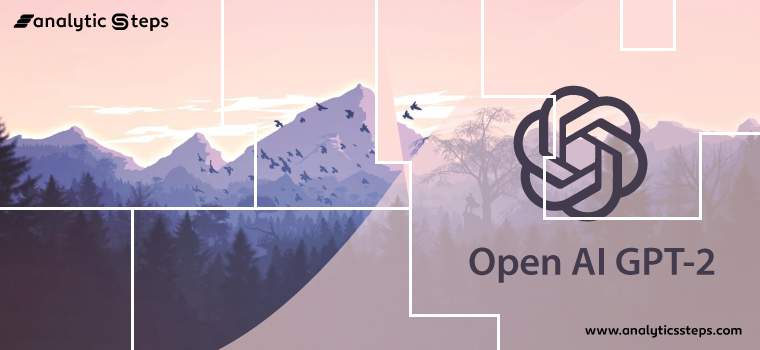Half-done Images Can Be Built Now With OpenAI’s GPT-2
Jul 21, 2020 | Neelam Tyagi

Highlights
-
Many reports stated about OpenAI’s GPT-3, aka, OpenAI’s third-generation Generative Pretrained Transformer that deploys ML algorithms to interpret text, reply questions, and also transcribe text predictively.
-
The model operates via deciphering an array of words, text, or other relative data and followed by developing over the instances to produce a completely original outcome.
-
Although, Elon Musk’s OpenAI switched words of pixel February 2019 while introduced the GPT-2 algorithm that can create complete images now.
A research laboratory situated in San Francisco, OpenAI has recently launched its latest version, i.e, GPT-3 which is the Natural Language Processing model in separate beta. The latest model is GPT-3 to purse after GPT-2. However, GPT-2 is already famous in terms or text-generation from scrape.
Many reports are there that talk about GPT-3, it uses machine learning algorithms to decipher the text, respond to question, and to draft text anticipatedly. Functions as by examining various words, or text data and then generate completely authentic output in the context of an article or image, as perform similarly by GPT-2.
Besides that, the GPT-2 is exceptionally good. At deep essence, the GPT-2 remained controversial as it can make hyper-realistic and coherent test content. According to the source, MIT technology names GPT-2 “a dominant prediction engine”, it acquired to learn the structure of the English Language through glancing at thousands of sentences, words, and phrases extracted from the internet. With that pattern, it is able to manipulate various words into the form of meaningful sentences.
Now the research team at OpenAI has chosen to shift the words of the pixel with images, i.e. to train the same algorithms on various images through the famous image series, ImageNet, in deep learning.
ImageNet algorithm has designed to operate in 1D data, it unpacks the images into a particular array of pixels. After that latest model, named iGPT, was found that is capable enough to acquire 2D structures of the visual world. A sequence of pixels of half image is provided to an algorithm, it can anticipate the 2nd half image in a way that appeared as a sensible image. (As we have talked about GPT-2 and GPT-3, you may grasp deep information here.)
